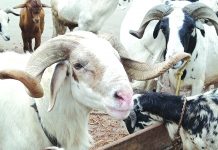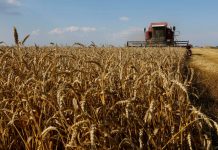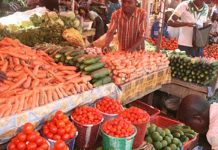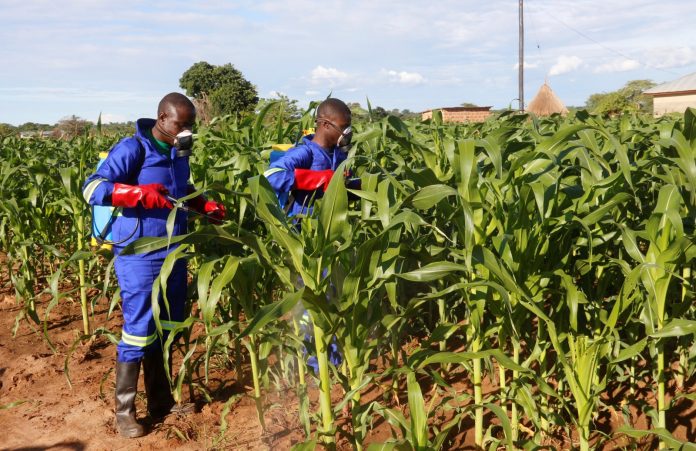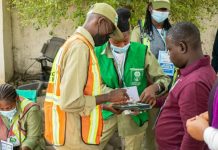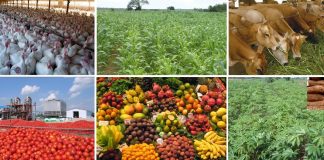In Africa, it is often difficult to separate the challenges of underdevelopment from the phenomenon of natural disasters. Take the current case of Namibia where the Ministry of Agriculture, Water and Forestry has warned that the country is likely to experience another armyworm outbreak, the second in a row, following last year’s attack.
The Permanent Secretary in the Ministry, Percy Misika, explained last Wednesday, “According to the data that was collected from pheromone traps on the number of Fall Armyworm (FAW) moths, the moths are still around and as soon as the host plants are available they will start producing egg masses on the plant leaves”.
According to Misika, the traps were set up in all crop-growing regions from the onset of the cropping season to monitor and to ensure early detection of the armyworms that devour entire crop fields. The pheromone traps were procured by the Food and Agriculture Organisation (FAO) and were distributed to Southern African countries including Namibia.
Other countries currently affected by the outbreak during the 2017/18 cropping season are Malawi, South Africa and Zambia of which about 55,000 hectares are affected altogether.
In Namibia, armyworms caused extensive damage to households in the North-eastern region, last year. They damaged 13 percent of the maize planted in the communal areas and six percent of the maize in the commercial areas. Similarly, six percent of pearl millet and two percent of sorghum grain was lost as a result of armyworm.
The Ministry has assured that it is ready for the outbreak and has procured pesticides, which have already been distributed to all the crop growing regions in the country. It is also in the process of procuring more pesticides to top up the available stock in the country.
But, in a clear case of the level of inadequacy of vital resources in Africa, Misika explained, “It is not safe to say that the government has procured enough pesticides as the quantity required depends on the level of infestation experienced and environmental factors like temperature and rain can influence the presence of the pests in a given area”.

